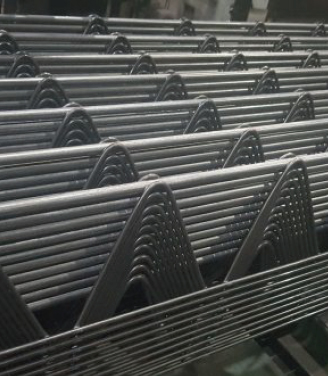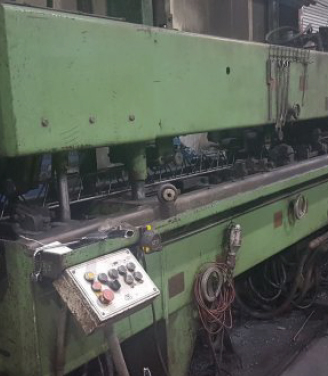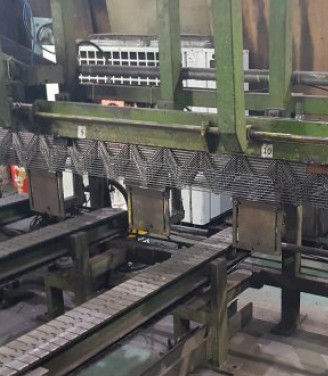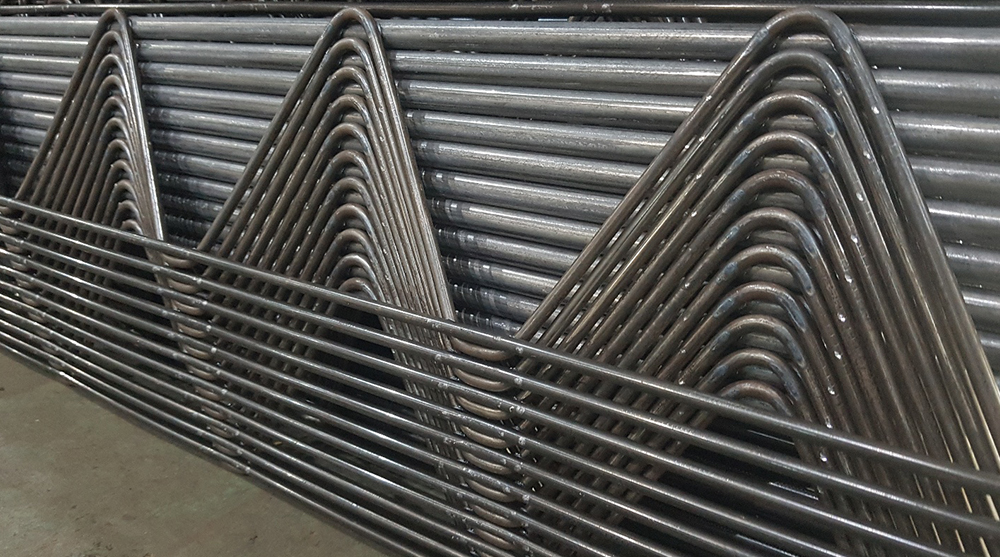| Truss height(H) | Upper bar(A) | Lower bar(B) | Lattice bar(C) | Lower bar width(L) |
|---|---|---|---|---|
| 70~300mm | 8~16mm | 6~12mm | 6~8mm | 70~110mm |
Truss girder
- A truss girder serves as a reasonable SHEAR CONNECTOR between the cast-in-place concrete and the assembly (PC) plate. It is composed of three members – the upper bar, lower bar, and truss bar (lattice bar) – and the contact points of each member are integrated through electric resistance welding.
Application of the truss girder
- Among the construction production methods, there is the assembly (PC) method, and the HALF SLAB method – a method that overcomes the problems that occur in the assembly (PC) method, and utilizes the advantages of assembly.
- This is intended to facilitate the jointing of members through partial Precastization, and to develop the technology as an extension of the conventional, on-site cast-in-place reinforcement bar concrete construction.
- The HALF SLAB method also serves as a formwork. Therefore, the upper bar and truss bar of the assembly bars are derived from the assembly (PC) flat plate and are formed by the cast-in-place concrete on top of it.




Structural features of the truss girder

Application of deformed wire to upper/lower bars of lattice girder

Truss girder / Lattice girder production facility and finished products








